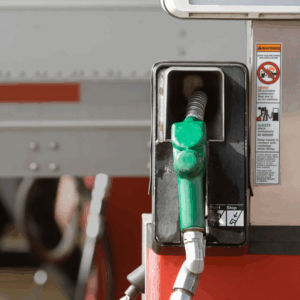Are you ready for Winter? Keeping Your Cool in the Cold!
We have been talking about things to check to get your car ready for winter (windshield visibility and tires). Next in importance is the antifreeze (coolant).
Most of us know we need to check the oil level in our vehicles on a regular basis (here is your friendly reminder to do that this week!!), but many of us forget to check our  antifreeze. With winter almost upon us, be sure to have both the level and the condition of your antifreeze checked.
antifreeze. With winter almost upon us, be sure to have both the level and the condition of your antifreeze checked.
 antifreeze. With winter almost upon us, be sure to have both the level and the condition of your antifreeze checked.
antifreeze. With winter almost upon us, be sure to have both the level and the condition of your antifreeze checked.
Cooling system failure is one of the most frequent causes of engine-related breakdowns (right behind not maintaining oil level), and the resulting repairs can be extremely costly. Did you know your engine produces 4500 degrees of cylinder heat when it is burning fuel?
Antifreeze, or coolant, is critical to keep your engine from either overheating or freezing. It maintains fluids in a liquid state by not allowing them to turn:
- To Ice
– where expansion can be harmful (crack your engine block or radiator)
OR
- To Steam – where excess heat can do extreme damage (crack a head or cause your engine to seize)
The correct combination of water, antifreeze and coolant additives is essential for your engine to operate at the correct temperature (check your Owner’s Manual for your particular manufacturer’s recommendations). Generally, a 50/50% mixture of antifreeze and water is recommended, which protects against freezing down to -34 degrees and protects up to 263 degrees. Plain water would freeze in your radiator, and stop everything from working. That is why antifreeze is required.
The level of antifreeze can go down if leaks develop. If any of the hose connections are loose, or cracks develop in the hoses or radiator, coolant can leak from
 |
| Radiator Cap |
the system. (There are other locations that may also develop leaks, but I am not going to get too technical here.) Keep an eye under where you park your vehicle for fluid puddles, and be aware that antifreeze comes in many different colors these days: gold, green, blue, pink, etc.
Antifreeze and coolant additives contain silicates, phosphates and/or borates that also keep the coolant solution alkaline (non-acidic), decreasing corrosion within your cooling system. Over time, harmful deposits will build up in your radiator and cooling system if your coolant is not flushed and replaced with fresh coolant. The result will be increased corrosion and ineffective heat transfer within the system.
The condition of your vehicle’s antifreeze breaks down over time. We can evaluate the condition by visual inspection and testing. If it appears cloudy, it should be flushed and refilled with fresh fluid to rid the system of mineral deposits. We can also test the antifreeze with a hydrometer to determine the effectiveness (aversion to freezing) of the fluid.
In newer cars, coolant will last for approximately 6 years, or 100,000 miles before it needs to be flushed and replaced. However, it is recommended that in older vehicles (pre-year 2000), coolant should be completely flushed and changed every 2 years (or every 30,000 miles) to maintain effectiveness.
How long has your coolant been in your car??
Now is the time to check when your coolant was last flushed and refilled, or talk to your favorite honest accurate auto technician to make sure your antifreeze level is adequate and the fluid is clean.
We are always happy to do a complimentary check of your fluid level!
We are always happy to do a complimentary check of your fluid level!



